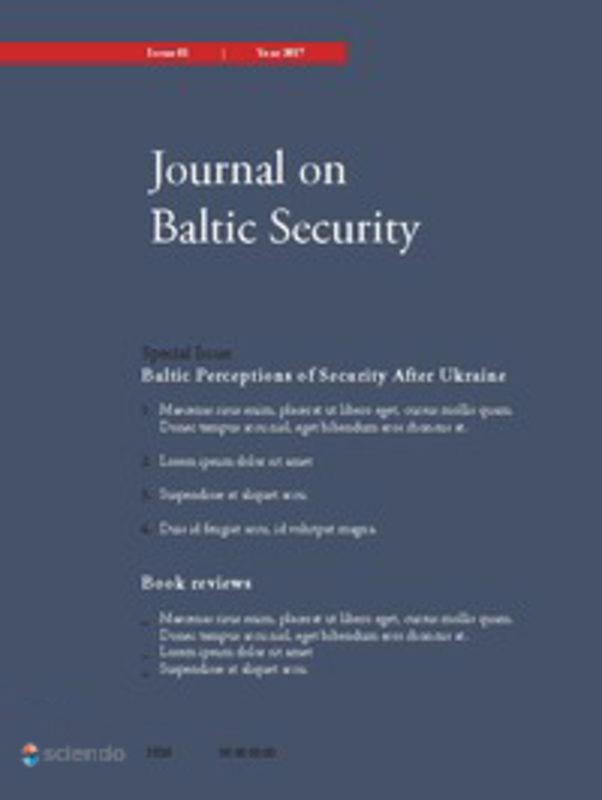Volume 6, Issue 2 (2020), May 2020

Order by:
Pub. online: 1 Dec 2020
Type: Research Article
 Open Access
Open Access
Abstract
Pub. online: 18 Dec 2020
Type: Editorial
 Open Access
Open Access
Pub. online: 8 Dec 2020
Type: Research Article
 Open Access
Open Access
Abstract
Pub. online: 4 Dec 2020
Type: Research Article
 Open Access
Open Access
Abstract
Pub. online: 8 Dec 2020
Type: Research Article
 Open Access
Open Access
Abstract